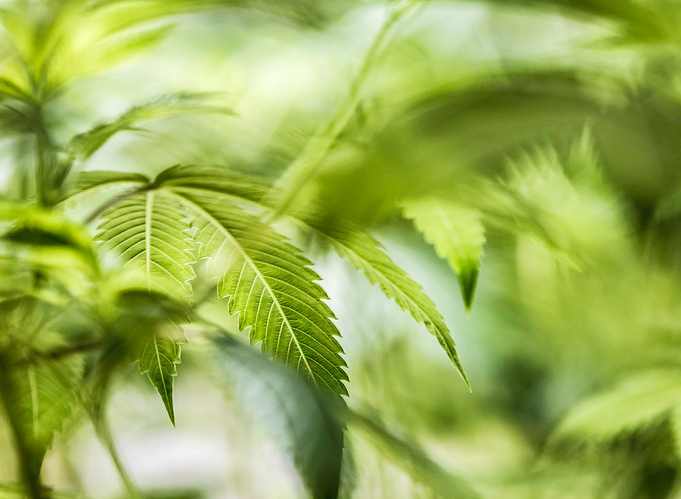Delaware’s new recreational cannabis market exploded onto the scene with over $7.3 million in sales during its first month, shattering expectations and signaling a booming industry. But what drove this rapid success, and what does it mean for the state’s economy and residents eager for legal options?
Launch Sparks Excitement Across the State
Recreational cannabis sales kicked off on August 1, 2025, at 13 stores statewide. These spots, previously medical marijuana dispensaries, switched to adult-use after operators paid hefty six-figure fees. This move made Delaware the 22nd state to legalize recreational weed and the only one to launch such a market in 2025.
The rollout followed legalization in 2023, after years of debate. Lawmakers aimed to create a safe, regulated system that cuts down on black-market dealings. Residents no longer need to cross state lines for legal cannabis, a big win for locals tired of risky trips.
Sales began strong and kept climbing, hitting $7.35 million by month’s end, according to the Office of the Marijuana Commissioner. This quick uptake shows pent-up demand in a state with about 1 million people.
One store in Rehoboth Beach, run by Columbia Care, buzzed with activity. Sherri Koehler, the director of retail operations, shared her thrill in a local interview. She noted the positive community response and the chance to serve folks who couldn’t access medical options before.

Flower Leads the Pack in Product Sales
Digging into the numbers, cannabis flower dominated the market. It racked up $4.06 million in sales, making up 55% of the total. That’s no surprise, as flower remains a go-to for many users seeking straightforward options.
Vape products came in second, pulling in about 25% of sales, while edibles and concentrates filled out the rest. The state tracked 171 different strains available at retail spots, with 447 more in production. This variety gives buyers plenty of choices, from relaxing indicas to energizing sativas.
Officials reported a “strong rise” in purchases week by week, starting from the launch day. Early data showed steady growth across all three counties, proving the market’s broad appeal.
Stores adapted quickly to the influx. Managers hired extra staff and stocked up on popular items to handle crowds. This breakdown highlights how traditional products still rule, even as new formats gain ground.
Here’s a quick look at the sales split:
- Flower: 55% ($4.06 million)
- Vapes: 25% (around $1.8 million)
- Edibles and others: 20% (about $1.46 million)
Local Businesses Feel the Boost
The surge benefits more than just buyers. Dispensaries like the one in Rehoboth Beach report meeting new customers daily. Koehler said her team enjoys the fast pace and community ties, turning the store into a local hub.
This isn’t just about profits. Jobs in retail, cultivation, and distribution are popping up. Existing medical operators, who converted their licenses, now serve a wider crowd without building from scratch.
Challenges linger, though. A recent veto of a zoning bill sparked debate over where new stores can open. Governor John Carney turned it down, citing concerns about clustering in certain areas. Still, the market launched smoothly despite this hiccup.
One owner mentioned to reporters that safe, regulated access cuts risks for users. No more shady deals or unsafe products. For Delawareans, this means easier, legal choices that support state revenue through taxes.
Projections Point to Even Bigger Growth
Looking ahead, experts see massive potential. The MJBiz Factbook projects sales could hit $160 million by the end of 2026. That’s based on current trends and population data, analyzed in their 2025 report.
Growth factors include more licenses on the way. Up to 30 retail spots could open, expanding access. Social equity programs aim to include diverse owners, addressing past injustices in drug enforcement.
This first-month haul sets a high bar, but steady expansion could make Delaware a key player in the East Coast cannabis scene.
Analysts point to neighboring states like Maryland and New Jersey, where markets grew fast after launch. Delaware’s smaller size might cap totals, but per capita spending looks promising.
In a table of early comparisons:
| State | First Month Sales | Year Launched |
|---|---|---|
| Delaware | $7.3 million | 2025 |
| Maryland | $10 million | 2023 |
| New Jersey | $24 million | 2022 |
These figures, pulled from state reports, show Delaware’s solid start relative to its scale.
